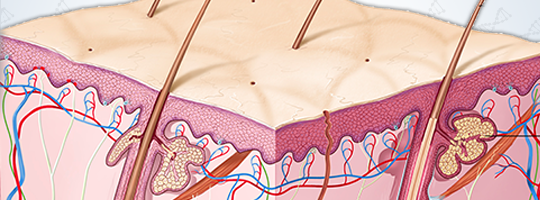
Video Link: https://vimeo.com/243543064
Video Download: Hgh And Youthful Skin
Video Stream: Hgh And Youthful Skin
The skin is the body's first line of defense against the outside world. The skin is resilient and protects the more sensitive cells beneath the skin from being contaminated. Without a protective outer layer, the body would be entirely subject to the outside world and would be unable to maintain homeostasis.
Among the many signs of aging, sagging skin may perhaps be considered the most dreadful, especially among women. If you observe malls and salons, you would probably notice that a lot of women purchase anti-aging lotions and creams or avail of derma care services.
Some women go to many lengths just to prevent the rays of the sun from touching their skin. Others seek the help of these anti-aging creams and treatments to attempt to reverse the damage caused by years of tanning and sun exposure.
However, not all skin-related problems can be treated with the use of lotions or creams alone. In most cases, the root cause can often be found within, so it would be necessary to target the deeper layers of the skin. The foundation of the skin is the root of beautiful skin.
The Role of HGH in Skin Care
A naturally-occurring protein in the body, 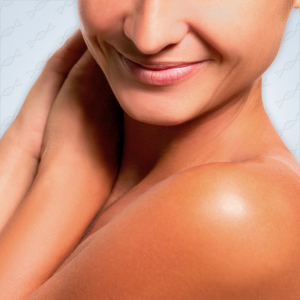 called Human Growth Hormone (HGH), is most often associated with the vitality and vigor of one’s youth.
called Human Growth Hormone (HGH), is most often associated with the vitality and vigor of one’s youth.
Found at its peak when one is about 20 years old, this hormone is said to be responsible for many vital roles in the body such as helping the body stay fit, young, and healthy.
However, as a person starts to age, the production of Human Growth Hormone (HGH) starts to slow down.
With this, the body begins to feel weak and tired, and one experiences the many signs of aging.
It has been discovered recently, however, that a safe way to treat many side-effects associated with aging is to supplement the body with the HGH that it lacks.
Because the hormone’s primary role is to regenerate cells in the body -- including skin cells -- then it can fight back aging signs such as skin discoloration as well as sagging and wrinkly skin.
Since HGH helps in replacing dead cells with new ones, one can bring back their young-looking skin.
Another essential role that HGH plays in the body is that it repairs, enhances, and improves connective cells and tissues in the body, such as those found in the skin. Once the vitality of the connective tissues is retained, it would then be easier to fight back aging signs such as sagging skin and wrinkles.
HGH may not be able to eliminate the effects of skin aging entirely, but it is undoubtedly able to reverse most of it.
Also, Human Growth Hormone improves intracellular fluid levels, which helps carry nutrients from cell to cell, giving the skin the building blocks that it needs to protect and sustain its appearance, flexibility, and beauty.
This also improves the fullness of the skin, because many issues related to the appearance and texture of the skin are related to dehydration which leaves the cells shriveled when they should be full and supple.
HGH and Skin Rehabilitation
Human Growth Hormone plays a vital role in the rehabilitation of the body after an injury, encouraging the body to heal and repair more quickly. In the case of the skin, this means that healthy HGH levels allow cuts and scrapes to heal faster, while also improving the appearance of scars.
Shortly, Human Growth Hormone will likely be used as a means to treat such injuries directly to spur healing!
Enjoy the Many Benefits of HGH
HGH does not only bring back the youth in your skin; it also brings about many other benefits such as strong and shiny hair, among others.
Are you excited yet? Why not give the American HGH Clinics a call right now at 1-800-688-9673 to have further information regarding the many great things brought about by the human growth hormone (HGH). You may also fill out the contact form on the right side of this page.
We look forward to hearing from you!
Reference
Off-label use of hormones as an antiaging strategy: a review.

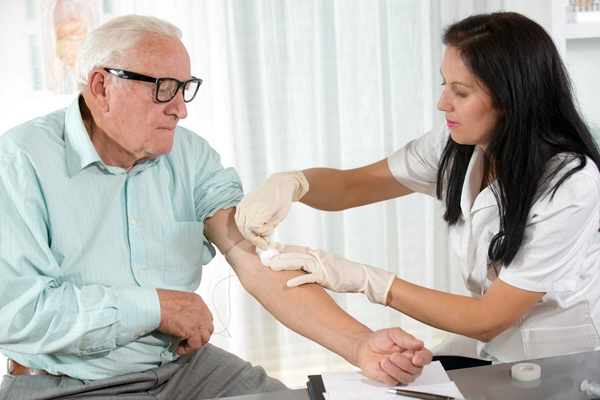
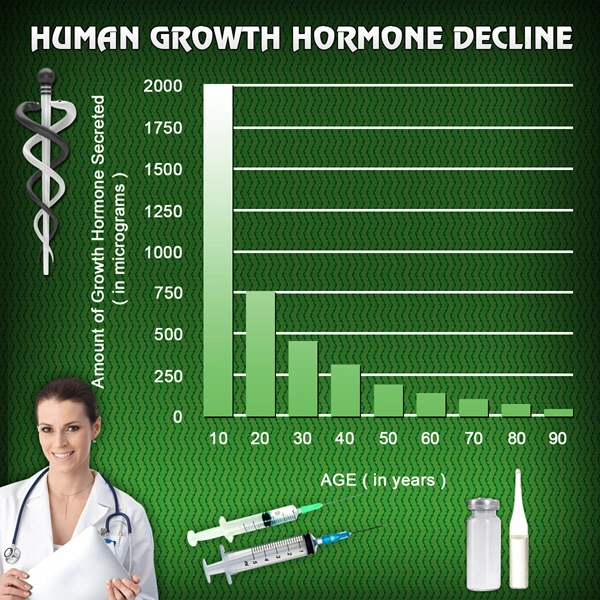
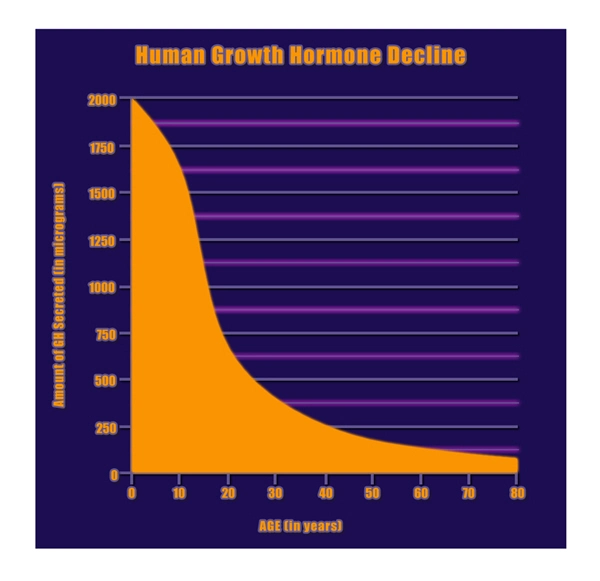
List of USA state clinics - click a flag below for blood testing clinics.
Word Count: 702


















































